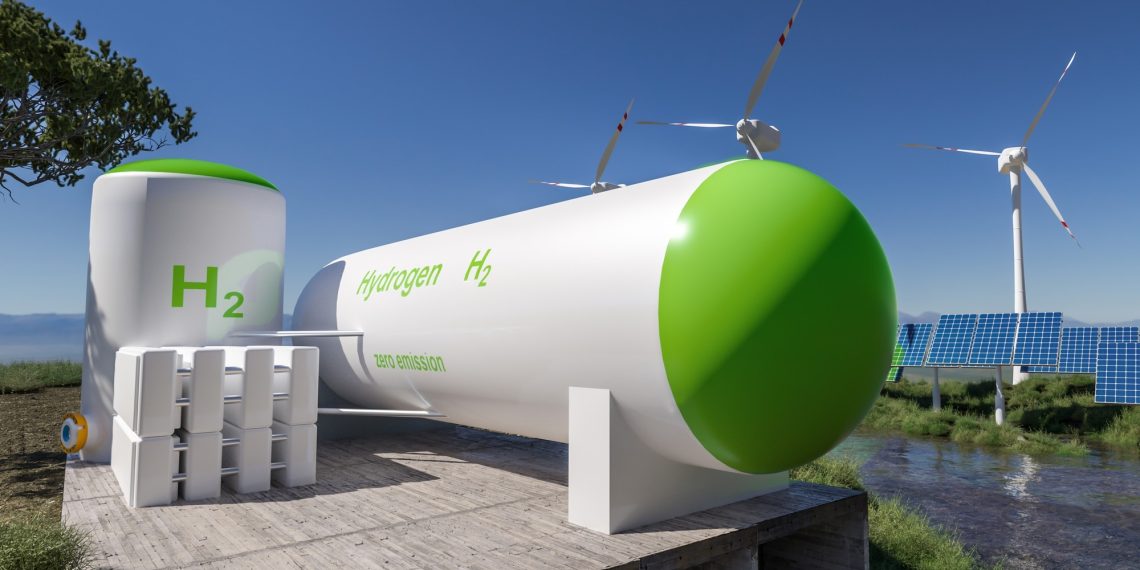Saudi Arabia is rapidly advancing its hydrogen economy, investing heavily in both green and blue hydrogen to achieve its goal of generating half its electricity from renewables by 2030 and reaching net-zero emissions by 2060.
Major projects led by national energy firms are central to this strategy. For instance, the Sudair solar plant aims to cut 2.9 million tonnes of carbon emissions annually, while Aramco is participating in $30 billion worth of renewable energy initiatives. The country plans to invest up to $10 billion in green hydrogen manufacturing, targeting 15% of global blue hydrogen output and producing 11 million tonnes of blue ammonia each year by 2030.
Experts highlight that Saudi Arabia’s natural resources, such as abundant sun and wind, make it ideal for green hydrogen production. Strategic international partnerships and government support are accelerating growth, with agreements in place to foster technology transfer and infrastructure development.
The NEOM Hydrogen Project, featuring a 2.2 GW electrolyzer capacity, is among the world’s largest and aims to produce 650 tonnes of green hydrogen daily by 2026. The Kingdom’s favorable geographic position supports efficient hydrogen exports, particularly to Europe and Asia.
Green hydrogen is expected to play a transformative role in sectors like transportation, heavy industry, and energy storage. Production costs in Saudi Arabia are forecast to be among the lowest globally, enhancing its competitive edge.
Market projections suggest that green hydrogen could account for up to 37% of global oil replacement by 2050, with the clean hydrogen market potentially reaching $640 billion by 2030. Saudi Arabia aims to be the world’s top hydrogen exporter, leveraging its established energy infrastructure and low financing costs.
Through substantial investments, international collaborations, and technological innovation, Saudi Arabia is positioning itself as a global leader in the transition to clean energy and the hydrogen economy.


